Samsung ST1000 Review
Samsung ST1000
With a touch screen, GPS and Wireless networking, is this what the future looks like?
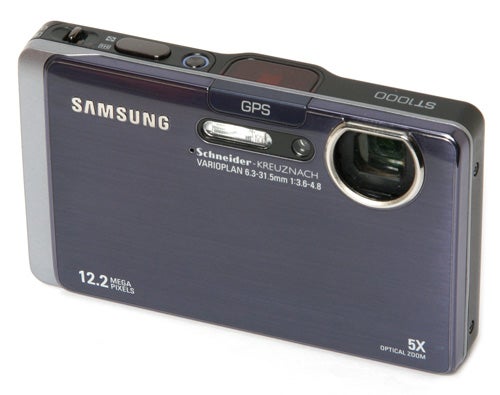
Verdict
Key Specifications
- Review Price: £270.00
Anyone who’s been shopping for a new mobile phone recently can’t have failed to notice that they aren’t just phones any more. The latest handsets have more computing power and data storage capacity than most home computers did five years ago, and include advanced features such as mobile internet and email, touch-screen controls, GPS satellite navigation, WiFi, Bluetooth, and of course ever more powerful digital cameras. It’s not too surprising therefore that this same technology is finding its way into the digital camera market too, especially when one of the major camera companies is also one of the leading manufacturers of mobile phones.
Samsung’s new ST1000 looks like any other ultra-slim compact camera, and has a photographic specification which, while undeniably good, is hardly going to set pulses racing. It has a 12.2-megapixel CCD sensor and a corner-mounted 5x zoom lens (equivalent to 35-175mm) with dual optical and digital image stabilisation, features which are matched by any of about a dozen rival models. It has a nice slim shape, measuring just 18.9mm thick, with an attractive and nicely finished plastic body that is comfortable to hold and available in a range of two-tone colour combinations. So far, so ordinary.
However it is the ST1000’s extra features that set it apart, because it combines a range of high-tech gizmos that are more usually found in advanced mobile phones. The most obvious is the big 1,152k 3.5-inch touch-screen monitor, the highest resolution of any current digital camera, (thanks douglas!) which occupies almost the entire back of the camera, but it also features a built-in GPS receiver for automatic location tagging, high-speed Wireless internet and Bluetooth connectivity, and DNLA home network compatibility, used for viewing photos on TVs and other devices that support this standard.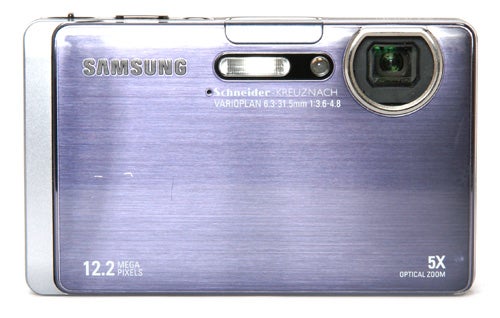
Of course all that advanced technology does push the price up; the ST1000 is currently selling for around £270, which puts it into the top price bracket for digital compacts, alongside models such as the Canon IXUS 990IS or the Sony DSC-T900. That’s a lot of money for what is essentially a fairly basic point-and-shoot compact.
As regular readers will know, I’m not a big fan of touch-screens on digital cameras. Most of them suffer from a number of problems, but my most common complaint is that the virtual buttons are usually far too small for my gigantic fingers, inherited in some Lamarckian way from my blacksmith grandfather. Even on a large screen like the one on the ST1000 I find operating the camera to be quite fiddly, particularly using the on-screen QWERTY keyboard used for entering wireless passwords and email addresses, but to be fair anyone less handicapped by plus-sized paws is probably not going to have much of a problem with it. The touch-screen is of the capacitance type, so it will only respond to a finger touch, not to a stylus.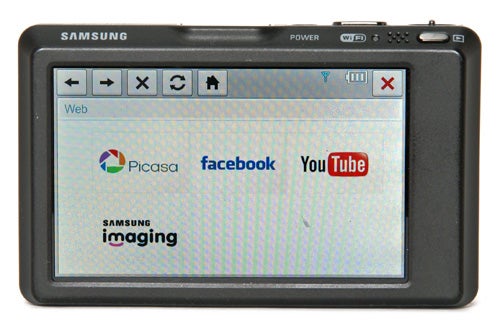
Personal bugbears aside, the various technologies integrated into the ST1000 do work very well. It connected to my home wireless network with less trouble than my laptop, and seemed to have a greater range than my flatmate’s smartphone. We’ve seen WiFi-equipped cameras before, such as the Nikon S50c or the Canon IXUS Wireless launched in 2006, but the ST1000 is the first one that includes a two-way interaction with social networking and file-sharing websites. You can use the camera to upload to and browse your photo albums and video files on Facebook, YouTube, Picasa and Samsung’s own Imaging website. You can also send pictures and messages via email, share files via Bluetooth and copy images to a local hard drive on the network. It’s nice and easy to use, with a simple drag-and-drop interface for selecting which photos to share.
The GPS is also very simple, and operates with complete transparency to the user. It finds a satellite signal much more quickly than most of the stand-alone GPS devices that I’ve tried, and automatically adds location data to all image files, to be used in geotagging applications such as Google Earth or Locr.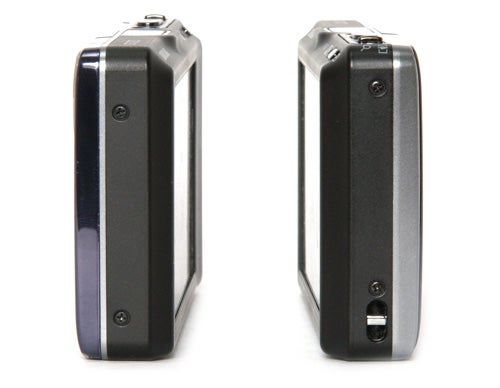
The ST1000 does have a couple of even more unusual features. One is an accelerometer which is used for gesture-based operation. Touch the appropriate icon on the screen, and a quick flick of the wrist puts the camera into video recording mode, program auto or Smart auto shooting modes. To be honest this really is just a gimmick, and is no faster or easier than pressing a button to select these modes, but since Samsung’s engineers seem to have designed the ST1000 with the express purpose of cramming as many gadgets as possible into it, I guess it was either that or an MP3 player.
Another unusual feature of the ST1000, and one which makes it even more apparent that it is a cross-breed of camera and mobile phone, is its choice of memory card. It’s the first camera I’ve seen that uses MicroSD cards, but I’m pretty sure it won’t be the last. MicroSD is a popular format for smartphones and PDAs, and are available in the same range of capacities as regular SD cards, but the larger capacity ones are still very expensive. The camera has a fairly generous 100MB of on-board memory, but even this is only enough for 14 shots at maximum quality.
The extra gadgets don’t appear to have had any negative effect on the ST1000’s performance. It starts up in just over 1.5 seconds, which is very quick, and in single-shot mode it has a shot-to-shot time of two seconds, which is also comfortably above average for a 12MP compact. Unfortunately though that’s as fast as it goes, because the ST1000 has no continuous shooting mode.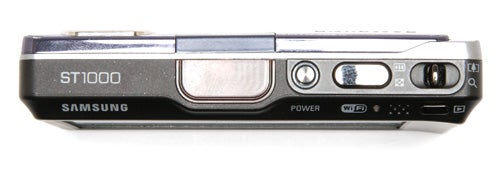
The video recording mode is as good as you’ll get from an ultra-compact, with a maximum resolution of 1280 x 720 pixels at 30 frames a second, with mono audio recorded via an internal microphone. In common with most of Samsung’s current camera range the optical zoom can be used while recording, although the zoom motor can be heard on the soundtrack. Video quality is excellent, recording in MPEG-4 H.264 format.
The autofocus system is also very good. The focus point can be selected using the touch screen, or either multi-point or centre-point focusing can be used. Focusing is quick and accurate, and low light performance is excellent. The camera has a good bright AF assist lamp with a range of several metres, and the flash comfortably exceeds its stated 3.3m range.
Surprisingly, considering the number of things it has to power, battery duration is very good. I used the camera over a period of several days, taking over 100 shots with the GPS system constantly active, and the battery charge indicator was still showing two out of three bars. Samsung claims 260 shots on a full charge for the powerful 1150mAh Li-ion cell, and I have no cause to doubt this figure.
Many Samsung cameras that I’ve tested previously have suffered from inconsistent image quality, but the ST1000 shows that some progress at least has been made in this area. Overall picture quality is very good, with accurate exposure and good colour rendition. The camera has a feature called Auto Contrast Balance which helps to boost shadow detail in high-contrast situations, but like most small-sensor 12MP cameras it is prone to burned-out highlights. Image noise is better than average for a 12MP compact, with usable images at 400 ISO, but as usual the 1600 and 3200 ISO settings are pretty much useless, with greatly reduced detail and colour saturation.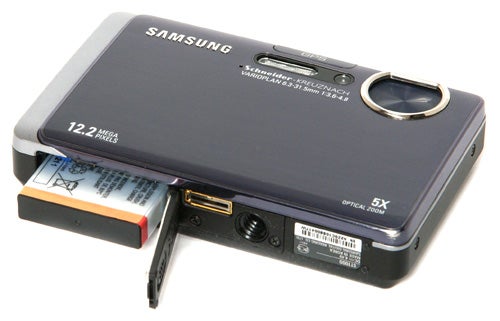
The only image quality problems I could find were the usual corner blurring often associated with periscope-type internal zoom lenses, and slightly inconsistent automatic white balance.
”’Verdict”’
The Samsung ST1000 is a gadget-nerd’s dream, combining many of the features of a modern smartphone with a state-of-the-art ultra-compact digital camera. It is solidly made, performs and handles well and produces good results under a wide range of shooting conditions. It is very expensive though, so unless you really need the WiFi, GPS and touch-screen you can get the same picture quality for a lot less.
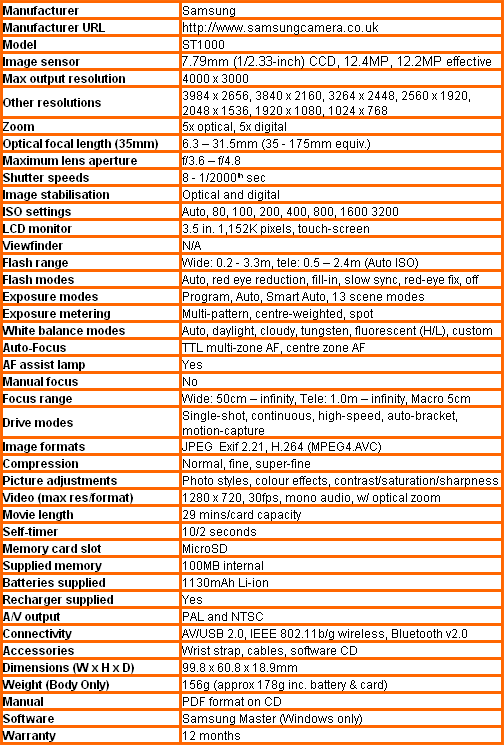
”Over the next few pages we show a range of test shots. On this page the full size image at the minimum and maximum ISO settings have been reduced to let you see the full image, and a series of full resolution crops have taken from original images at a range of ISO settings to show the overall image quality. These pictures were taken indoors using shaded natural light. ”
—-
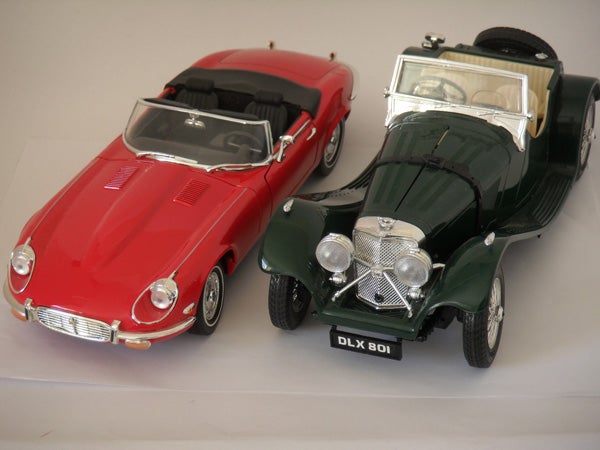
This is the full frame at 80 ISO.
—-
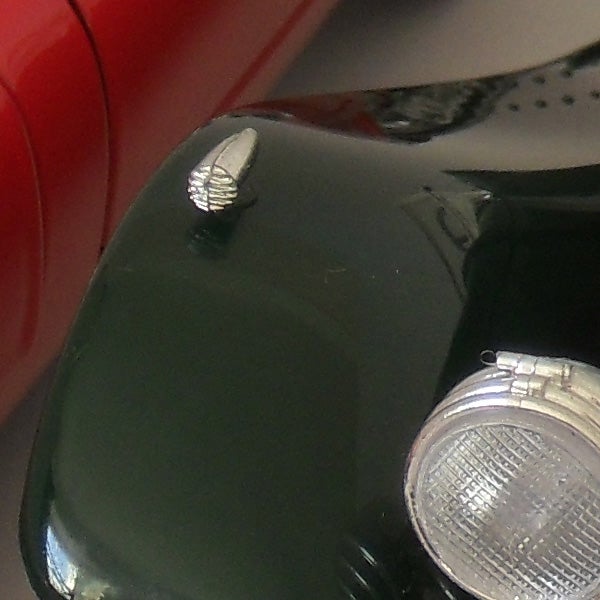
At the minimum ISO setting the image quality is superb.
—-
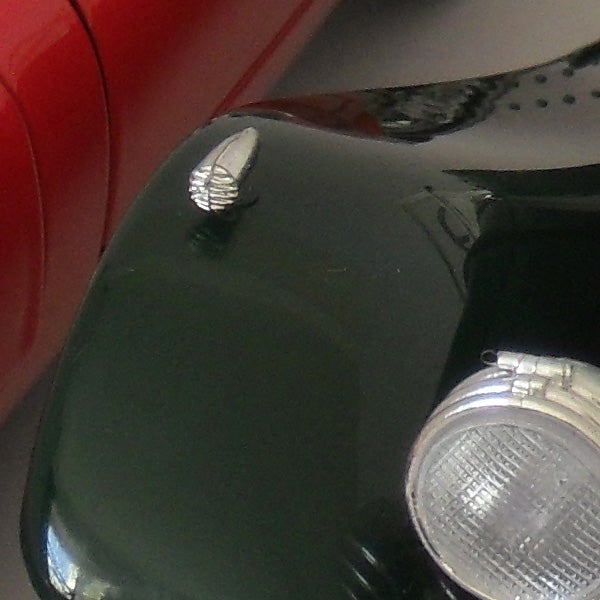
No problems at 100 ISO.
—-
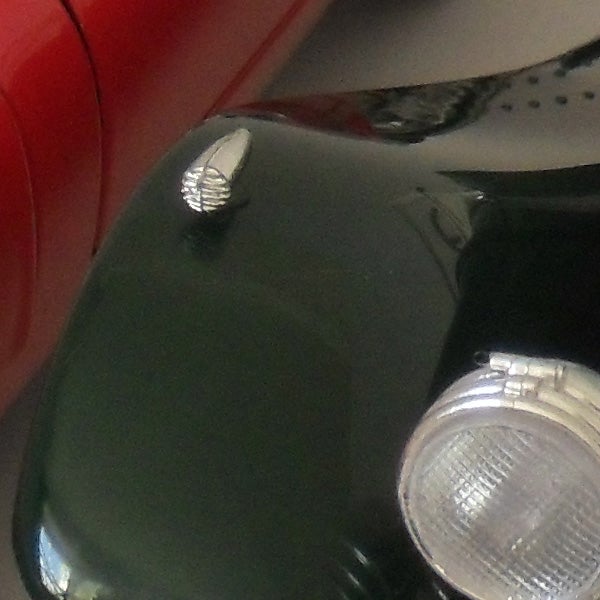
There is a little colour distortion creeping in at 200 ISO.
—-
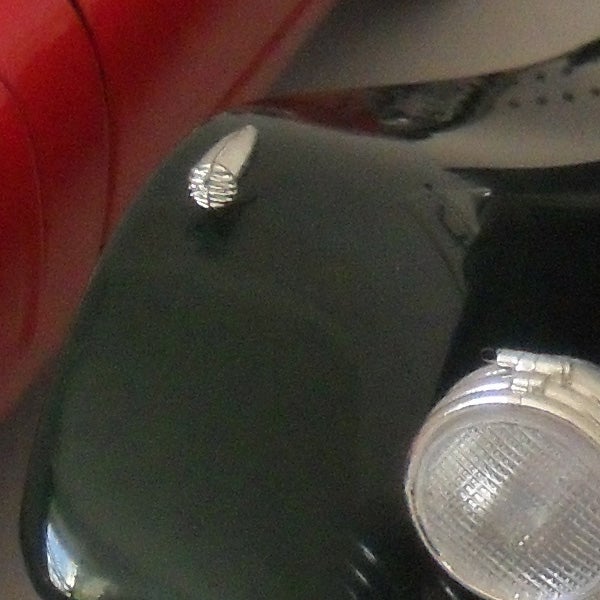
There is some noise visible at 400 ISO but the overall quality is still very good.
—-
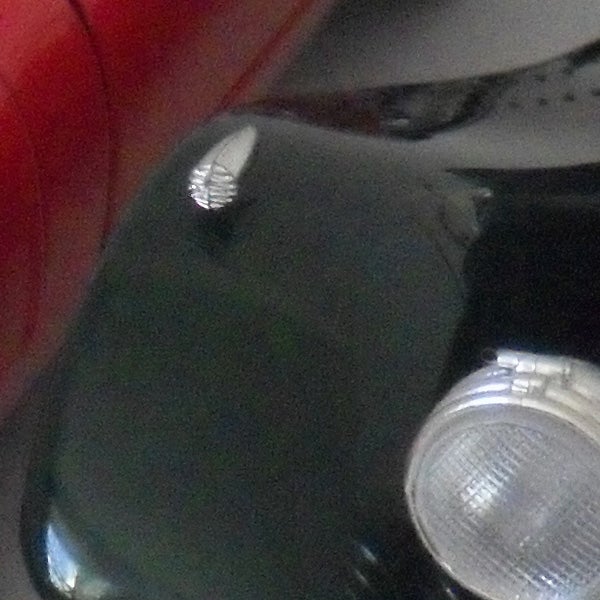
Noise is starting to become a real problem at 800 ISO.
—-
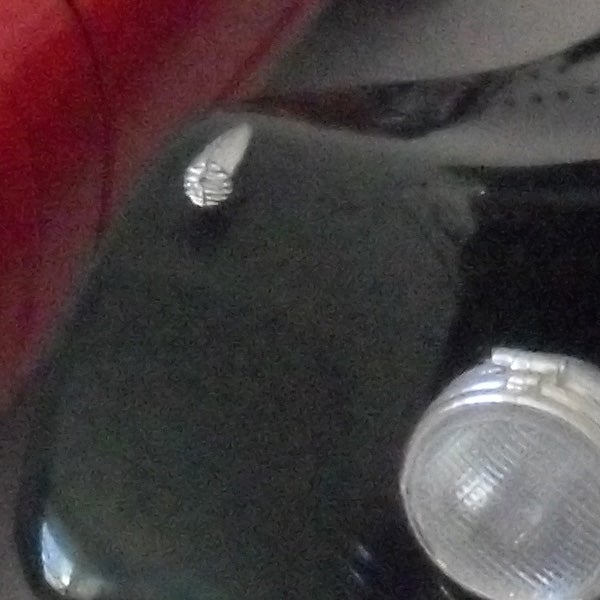
At 1600 ISO there’s not much fine detail left, and colour saturation is very poor.
—-
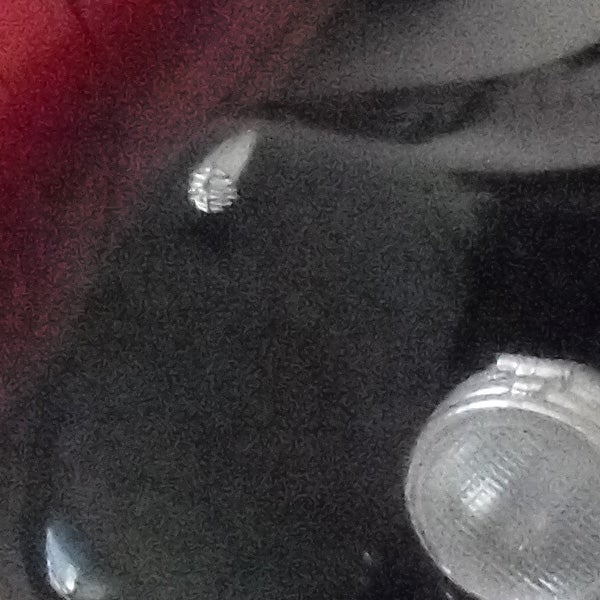
3200 ISO is pretty much unusable.
—-
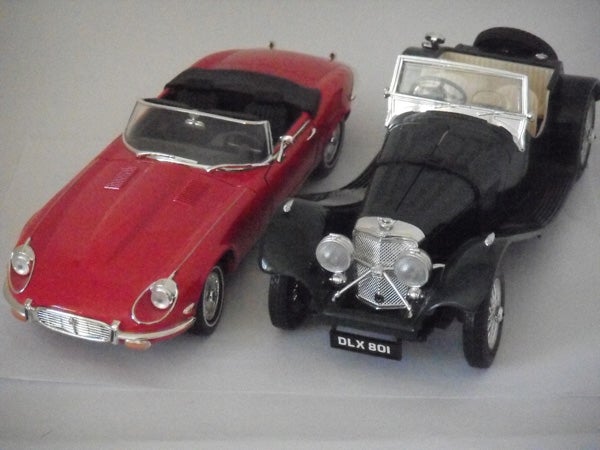
This is the full frame at 3200 ISO.
—-
”A range of general test shots are shown over the next two pages. In some cases, the full size image has been reduced for bandwidth purposes, and a crop taken from the original full resolution image has been placed below it to show the overall image quality. Some other pictures may be clicked to view the original full-size image. ”
—-

Here’s the usual detail test shot of the West Window of Exeter Cathedral, for you to compare with other cameras. See below for a full res crop, or click to see the whole picture. The downloadable file is approximately 6.0MB.
—-
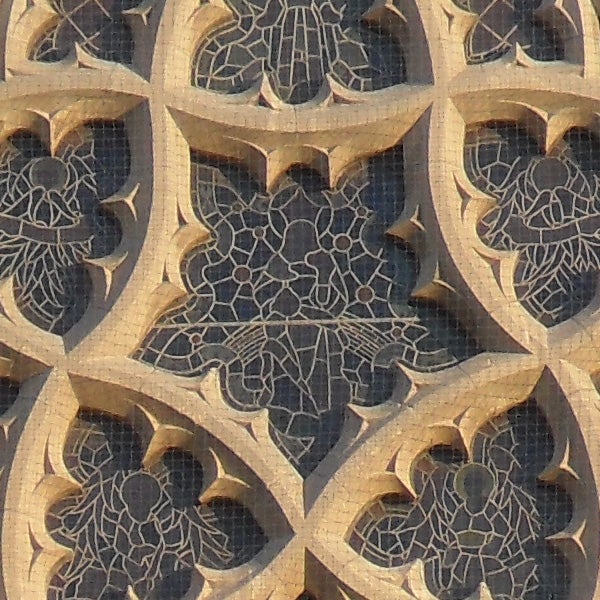
The overall level of detail is very good, at least near the centre of the frame.
—-
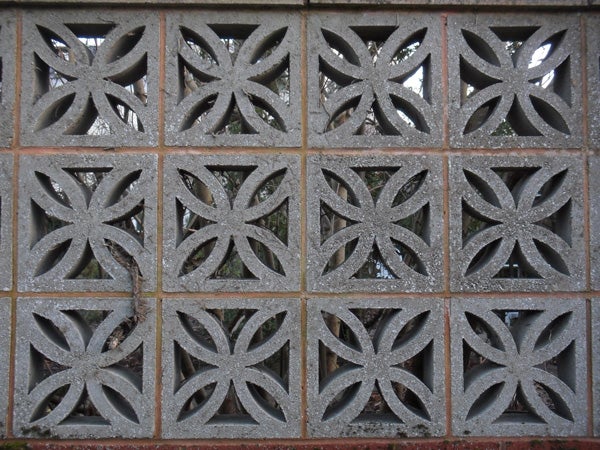
The lens and image processing produce almost no wide-angle distortion.
—-
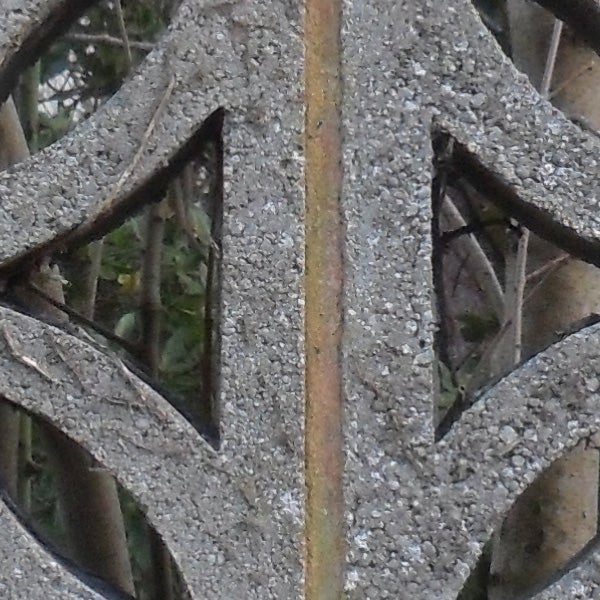
Centre sharpness is excellent.
—-
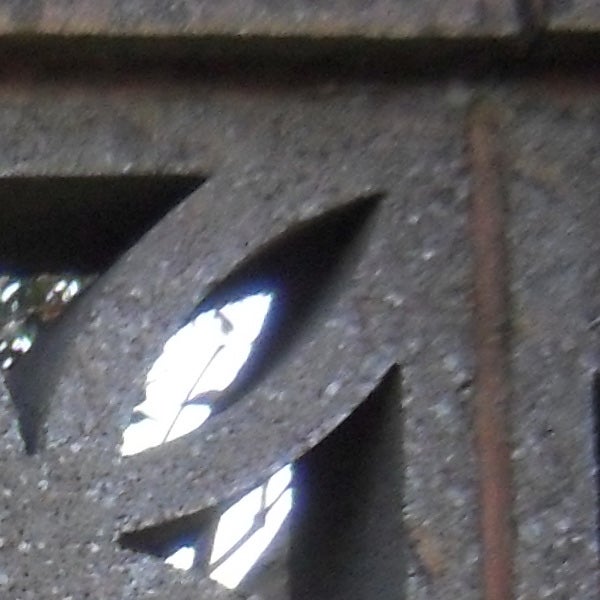
Corner sharpness however is not so good, and also the highlights have burned out despite the low afternoon light level.
—-
”Here are some general test shots to help evaluate the camera’s overall image quality, including dynamic range, colour rendition and the zoom range of the lens. Some pictures may be clicked to download the full size original image. ”
—-
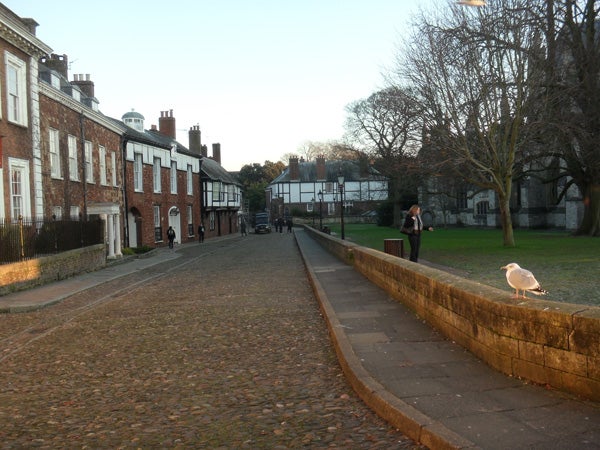
The wide angle end is equivalent to 35mm. The full-size image is approximately 5MB.
—-
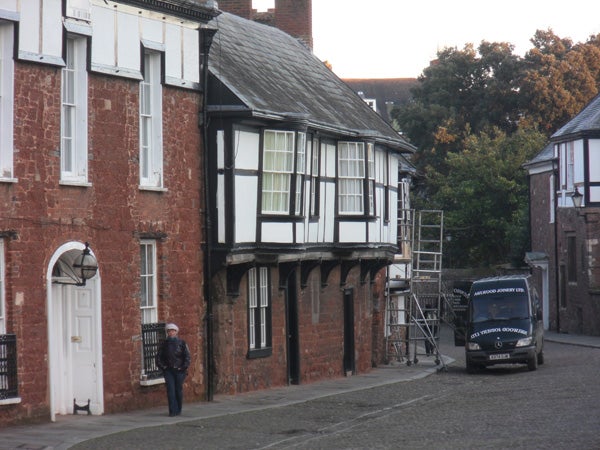
The telephoto end of the zoom is equivalent to 175mm. The full-size image is approximately 5.9MB.
—-
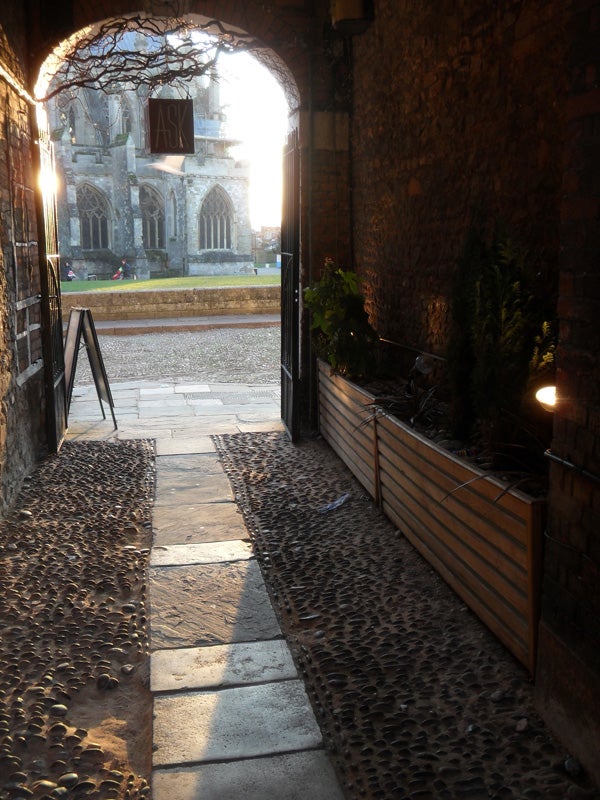
With the Auto Contrast Balance turned off the highlights are burned out and there isn’t much shadow detail.
—-
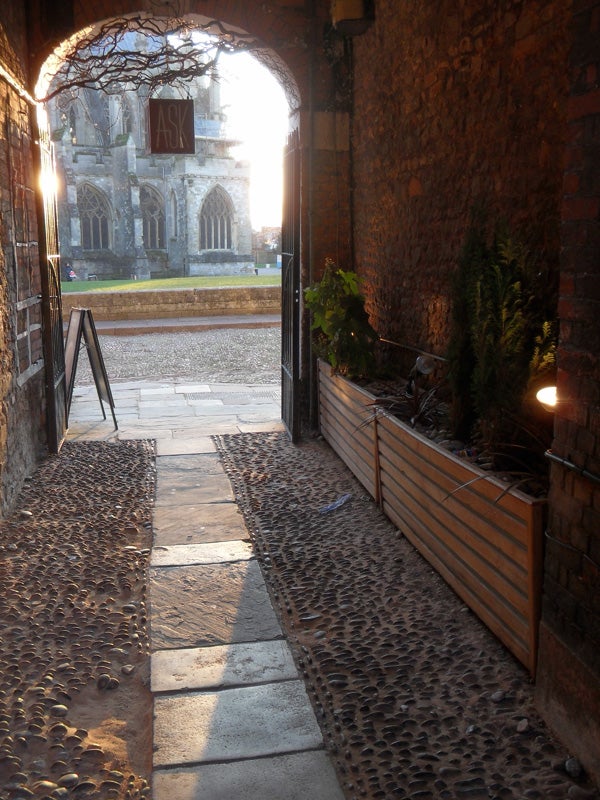
Turning the ACB feature on helps with the shadow detail, but doesn’t do much for the highlights.
—-
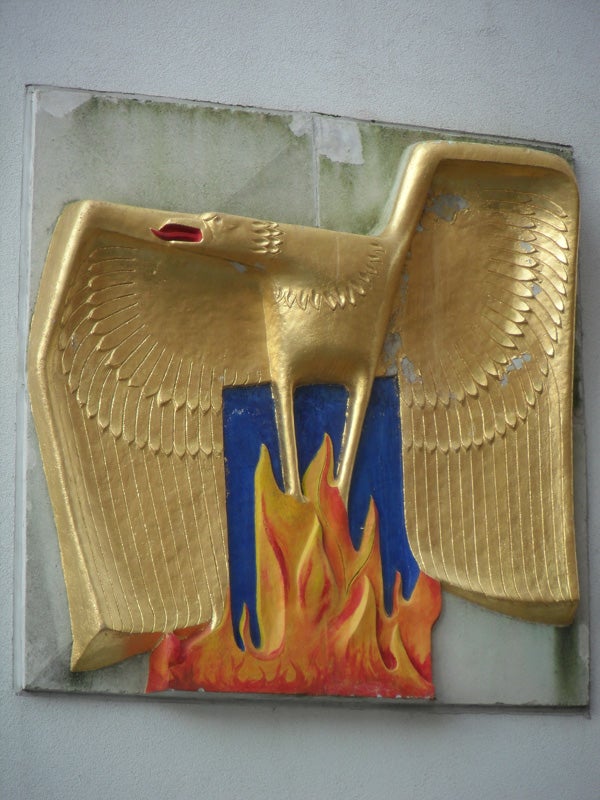
Colour rendition is very good, although the auto white balance can be a bit inconsistent.
—-
Trusted Score
Score in detail
-
Value 6
-
Image Quality 8
-
Build Quality 8
Features
| Camera type | Ultra Compact |
| Megapixels (Megapixel) | 12.2 Megapixel |
| Optical Zoom (Times) | 5x |

